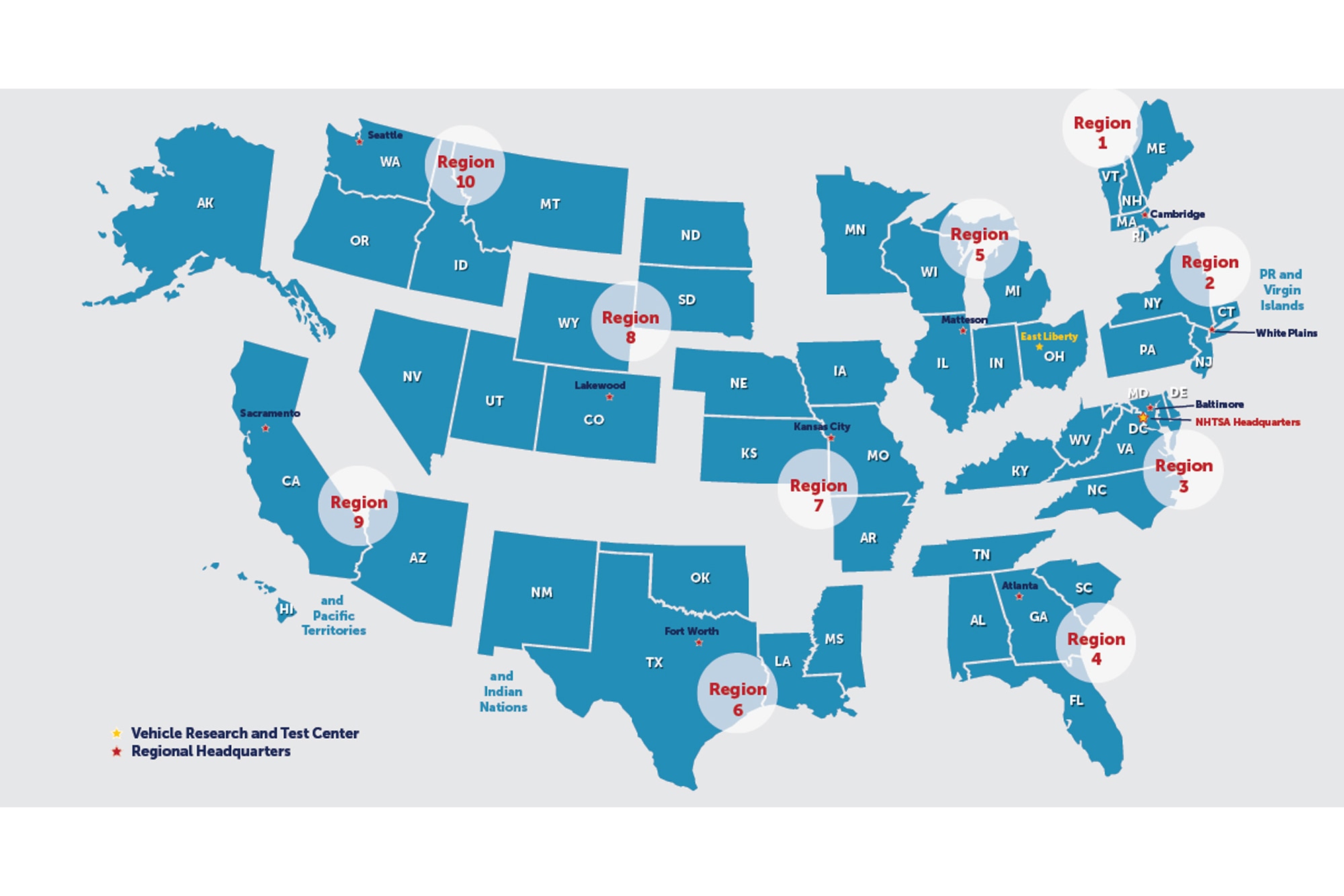What is NHTSA and What Do Its Crash Tests Mean?
A crash course on the government agency responsible for crash tests.
 NHTSA
NHTSA
Whether in manufacturer’s websites, advertising, or car reviews, it’s inevitable that NHTSA ratings will be mentioned at some point. A 5-star rating or close to it can be an asset in distinguishing a vehicle versus others in its class. But what exactly is the National Highway Traffic Safety Administration, and what goes into those safety ratings?
The NHTSA is an agency that handles a sweeping range of automotive transportation issues, from safety issues to car importing. And while it may seem like it has been around forever, you may be surprised to discover just how recent a creation it is.
A Brief History of the NHTSA
The NHTSA was born amid a flurry of automotive- and transportation-related reforms in the mid- to late-1960s. In the wake of the publication of Ralph Nader’s Unsafe at Any Speed in 1965, the United States government created the Department of Transportation in 1966. Two years later, the first Federal Safety Standards went into effect to protect drivers from an “unreasonable risk of crashes occurring as a result of the design, construction or performance of motor vehicles.”
With the passage of the Highway Safety Act, the NHTSA was established in 1970 with the goal of “reducing deaths, injuries, and economic losses resulting from motor vehicle crashes.” The first decade of its existence saw the NHTSA help establish the 55 mph national speed limit, work with states to establish child passenger safety laws and seat belt laws, and in 1978 begin a consumer information program testing vehicles in simulated frontal impact collisions with test dummies.
How NHTSA Crash Test Vehicles and What Its Ratings Mean
NHTSA crash tests went largely unchanged from the late 1970s through the 80s and early 90s. The now-ubiquitous 5-star ratings system was introduced in 1993, just ahead of testing and rating for side crashes beginning in 1996. Rollover tests were added and refined in the early 00s, with Enhanced Safety Ratings introduced in 2010 giving consumers an overall safety rating for a vehicle along with a list of relevant safety equipment it carries.
Among the tests NHTSA conducts today, the Frontal Crash Test Scenario is the only one where a vehicle is compared within a class (in this case, by weight). In the Side Barrier and Side Pole Crash Test Scenarios and Rollover Resistance Test Scenario, all vehicles are compared and rated against the performance of all others. NHTSA performs tests with seat belted dummies and measures the resulting injuries a real driver or passenger would experience in each scenario to set a rating. Ratings run from zero to five stars: the more stars, the better.
Is NHTSA Changing or Updating Its Ratings System?
NHTSA is always working to make its tests better and ratings clearer and more accurate. In March 2022, it proposed changes to the 5-Star Safety Ratings Program–now also known as the New Car Assessment Program (NCAP). These changes include adding new driver assist technologies to its recommended list and establishing a crash avoidance rating to add to new and used vehicle window stickers.
Written by humans.
Edited by humans.
 James Tate
James TateJames Tate has been writing about cars professionally for 15 years and he remains obsessed with them. He enjoys digging into the incredible technology of new vehicles as much as he likes the tactility and the driving experience of yesterday’s cars. He has written for a variety of legacy automotive magazines and websites.
Related articles
View more related articles